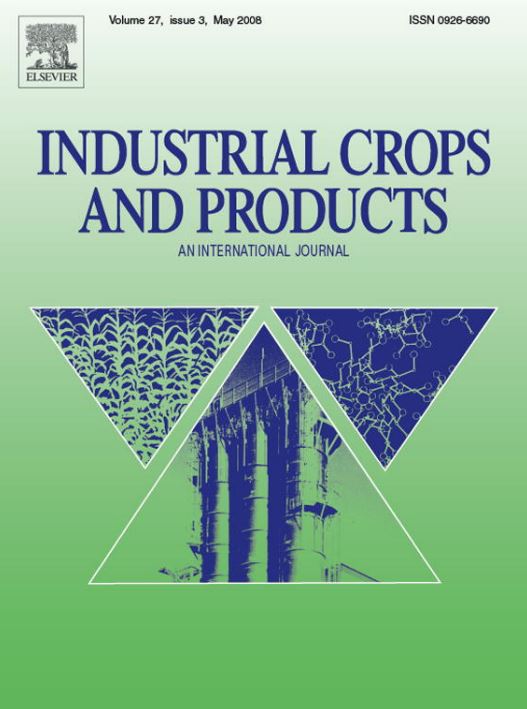Abstract
Recent studies have demonstrated dose-responses of the cannabis plant to supply of macronutrients. However, further development of precision nutrition requires a high-resolution understanding of temporal trends of plant requirements for nutrients throughout the developmental progression, which is currently not available. As plant function changes during development, temporal information on nutrient uptake should be considered in relation to gradients in developmental-related physiological activity. Therefore, the present study investigated tempo-developmental trends of nutritional demands in cannabis plants, and in relation to physiological performance. Three cultivars differing in phenotype and chemotype were analyzed to evaluate genotypic variability. The results demonstrate that nutrient acquisition and deposition rates change dramatically during plant development. Uptake of individual minerals generally increased with the progression of both vegetative and reproductive development and the increase in plant biomass, while the deposition rates into the plant demonstrated nutrient specificity. The average concentrations of N, P, and K in the shoots of the different cultivars were 2.33, 4.90, and 3.32 times higher, respectively, at the termination of the reproductive growth phase, compared to the termination of the vegetative growth phase. Surprisingly, the uptake of Ca was very limited during the second part of the reproductive growth phase for two cultivars, revealing a decrease in Ca demand at this late developmental stage. Root-to-shoot translocation of most nutrients, including P, K, Mg, Mn, and Zn, as well as Na, is higher during the reproductive than the vegetative growth phase, and Fe, Mn, Zn, Cu, and Na displayed very little root-to-shoot translocation. The physiological characteristics of the plants, including gas exchange parameters, membrane leakage, osmotic potential, and water use efficiency, changed over time between the vegetative and the reproductive phases and with plant maturation, demonstrating a plant-age effect. The revealed tempo-developmental changes in nutritional requirements of the cannabis plant are a powerful tool required for development of a nutritional protocol for an optimal ionome.




